Background
Printed electronics is a method of using conventional printing equipment to create electrical devices on various substrates - Wikipedia
The printing of electronic functionality has enabled designers to embed technology into their designs, creating innovative components that are smarter, lightweight and wireless without the need for expensive and rigid silicon chips.
Typically this technology has been embedded into RFID (radio frequency identification device) tags used for tagging and tracking purposes. These electronic tags (circuits) contain data which can then be transmitted back to an antenna using radio frequency signals.
NFC is an emerging technology which goes one step further. An NFC chip, which is embedded into a device, operates as one part of a wireless link. Once it is activated by another chip, data can then be gathered and transferred between the two devices when held a few centimeters apart.
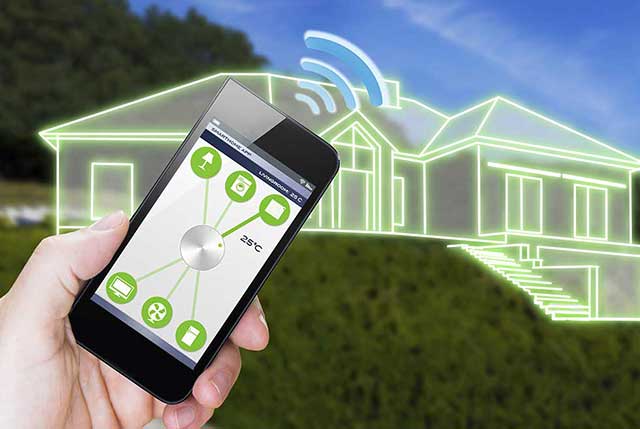
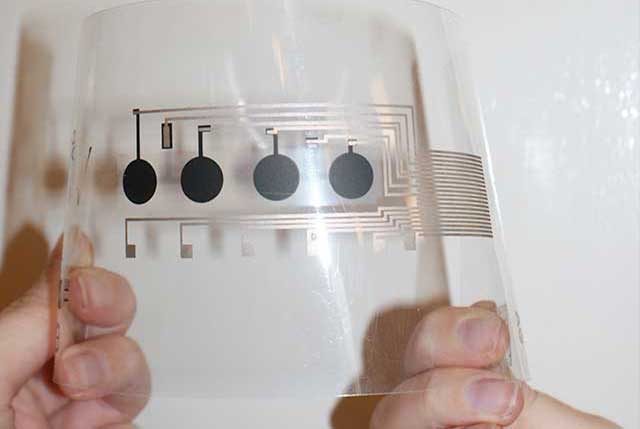
This technology is gathering momentum and London’s transport system has recently introduced a system that lets you use your NFC-enabled debit or credit cards on Oystercard readers and credit card providers Mastercard have said that they are working towards contactless payments in every terminal in Europe by 2020.
Printable electronics is moving from niche applications into more lucrative mainstream applications. One such application area is packaging. As the unit price for a printed electronic system falls, smart packaging is set to become a reality and may even evolve into what futurists are heralding as an ‘Internet of Packaging’. Brands, packaging companies and retails are all keen to embrace this technology for applications such as:
- Anti-counterfeiting/brand protection
- Consumer management
- Logistics track and trace
- Monitoring a pack’s contents
All of these functions can be frame within the umbrella term ‘smart packaging’ as a set of technologies that allow packaging to contain, evaluate and transmit relevant information.
The Future of Printed Electronics
Developments in smart and connected electronics applications are opening up significant new market opportunities in areas such as e-health, intelligent packaging and wearable technology. This technology is known as the ‘Internet of Things’.
The Internet of Things is a transformative development. Technologies that could allow literally billions of everyday objects to communicate with each other over the Internet have enormous potential to change all of our lives. - David Cameron
The Internet of Things describes a world in which everyday physical objects or ‘things’ are embedded with electronics, sensors and connectivity which enable them to exchange data with the manufacturer, operator and/or other connected devices.
During 2008, the number of things connected to the Internet exceeded the number of people on earth. By 2020, there will be 50 billion things connected to the internet - Cisco
Although embedded computers have been able to communicate wirelessly for years the majority of these have been closed systems that are only able to communicate with a central computer. With the Internet of Things, devices are able to communicate with other devices. They have the ability to communicate through wireless technologies (such as RFID and NFC), are able to report on activities worldwide through sensors, and they can be controlled or accessed from anywhere in the world. The Cloud provides the power to store and exchange information, irrespective of location. We are able to:
- connect to things simply by scanning them with our smartphone
- monitor things remotely
- manage things better, from traffic flows to use of energy within the home
- control things, such as smart thermostats
The Internet of Things is NOT a fridge that can connect to the internet to allow you to place an order for shopping, there is no sensing or interacting by the network it is simply an interface. However, a fridge that talks to your washing machine and dishwasher and then communicates with the manufacturer to book a service for all of your appliances, is very much part of the Internet of Things.
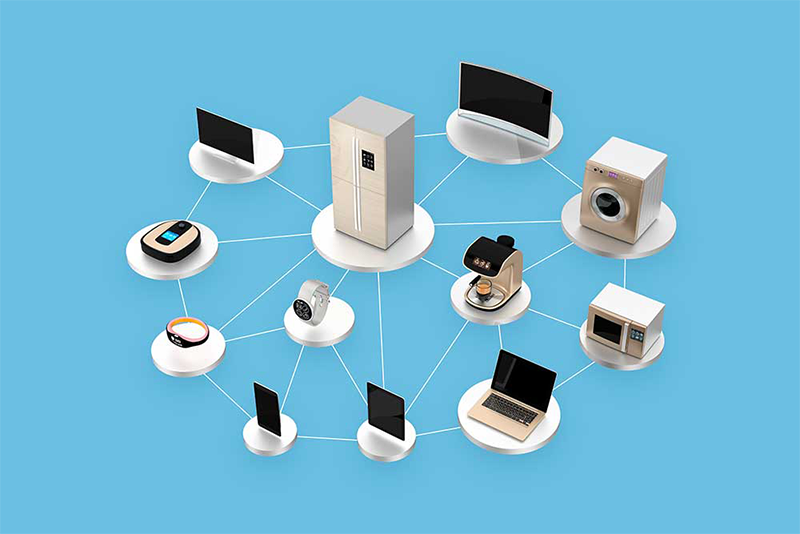
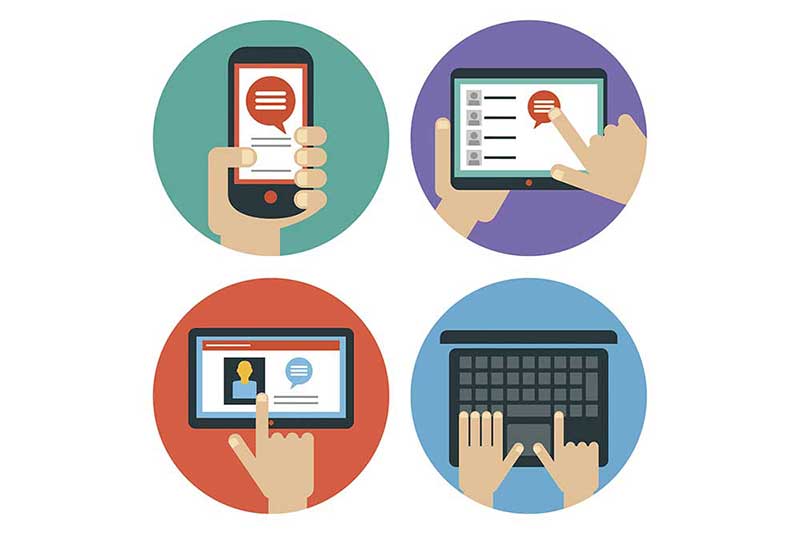
In the not too distant future we will be living in Smart Cities full of sensors what will help us improve our businesses, our lifestyle and the environment in which machines talk to machines. These technologies are a way of boosting productivity, helping to keep us healthier, making transport more efficient, reducing energy needs and making our home comfortable.
It is anticipated that by 2017 we will be using over 80 million wearable health sensors worldwide for sports and fitness. Currently around the globe 2.5 million patients already have medical monitoring devices. Making these devices smaller and smarter by connecting them to the internet could be a life saver.
Applications
For Smart Packaging
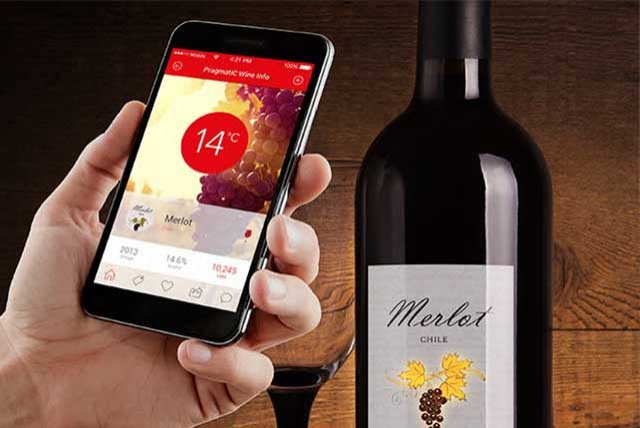
- Anti-counterfeiting/brand protection
- Sensors for monitoring of food quality and safety
- Logistics track and trace
- Improve customer engagement
For Energy Efficiency
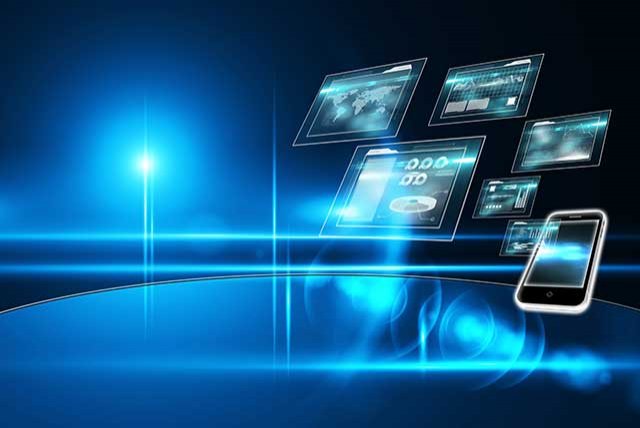
- Smart meters
- Data collection, managing energy patterns
- Air quality / environmental monitor and control
- Smart thermostat that can be controlled by your phone
For Smart Cities

- Monitoring of parking spaces available in the cities and traffic jams
- Monitoring of vehicles and pedestrian levels to optimize driving and walking routes
- Intelligent and weather adaptive lighting in streetlights
- Detection of rubbish levels in containers to optimize the rubbish collection routes
For eHealth
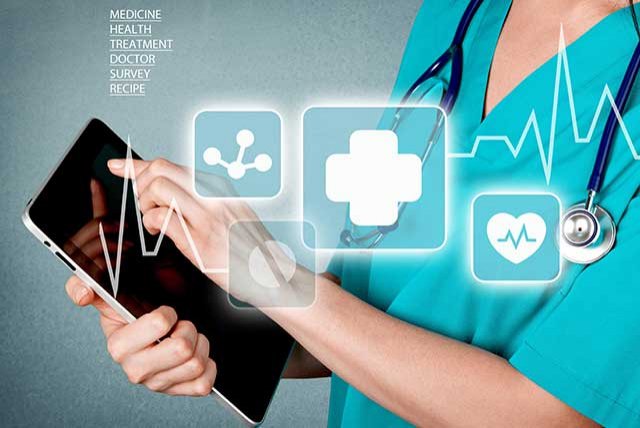
- Assistance for elderly or disabled people living independently, such as fall detection
- Control of conditions inside fridges and freezers storing vaccines and medicines
- Monitoring of conditions of patients in hospitals and old people’s homes